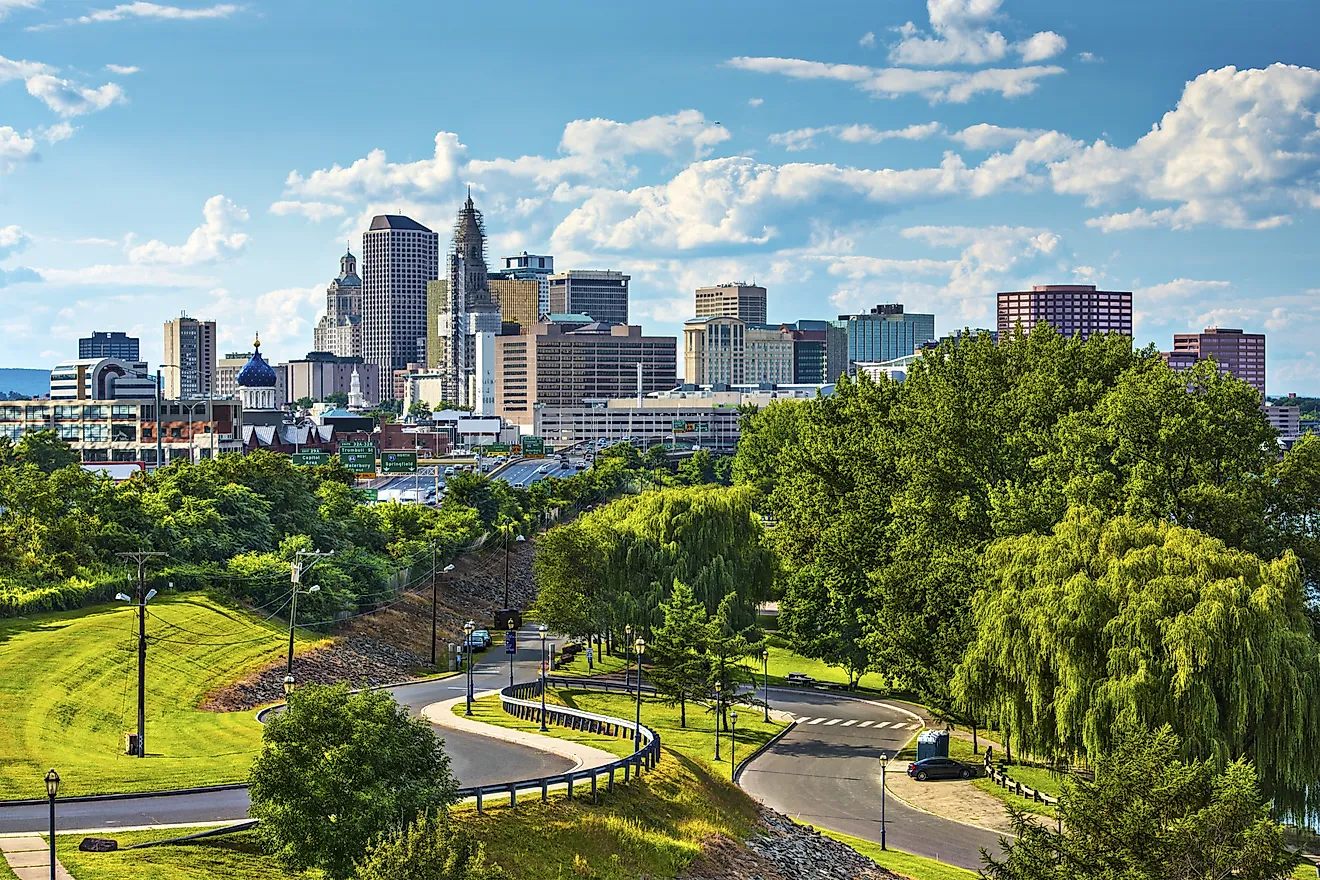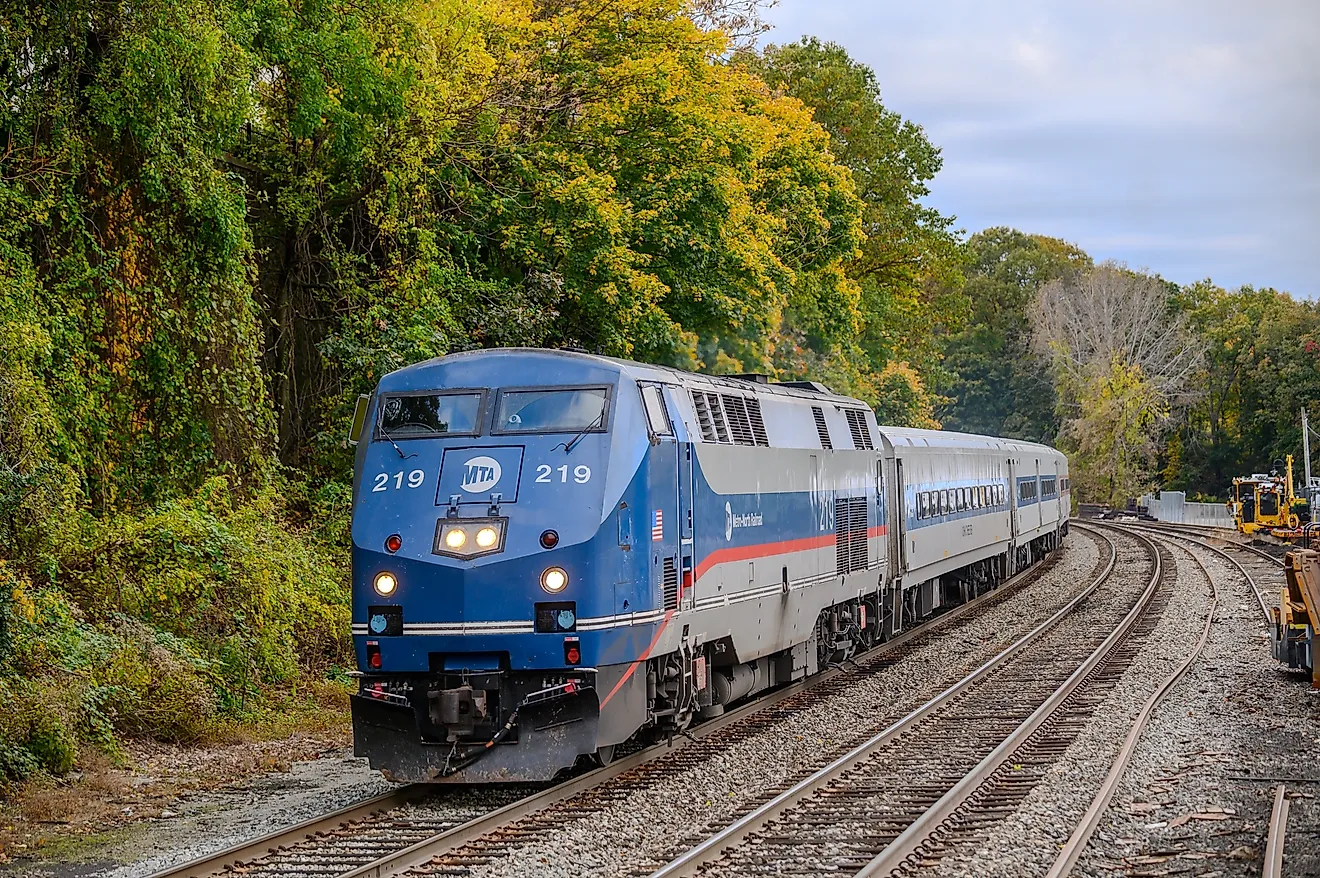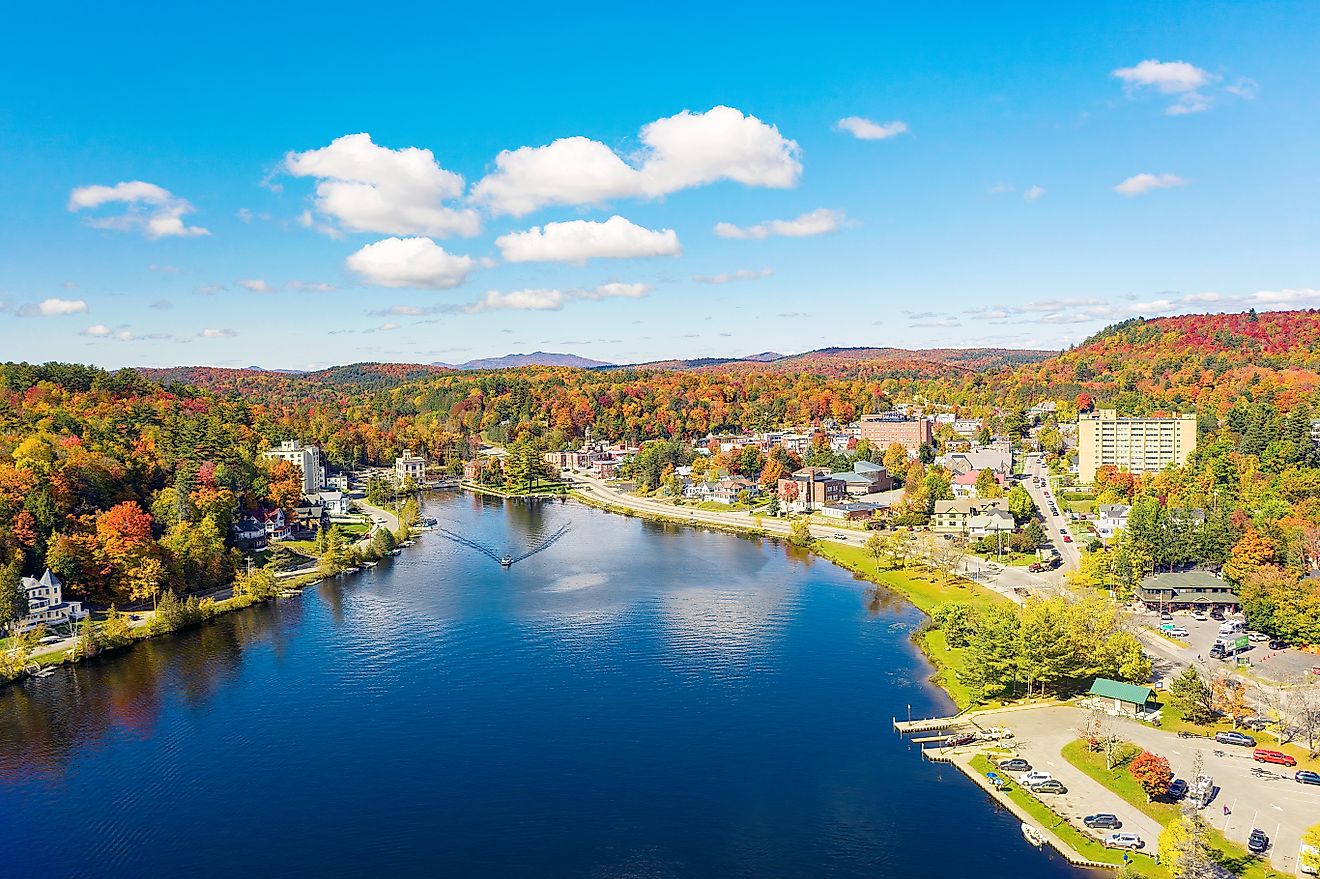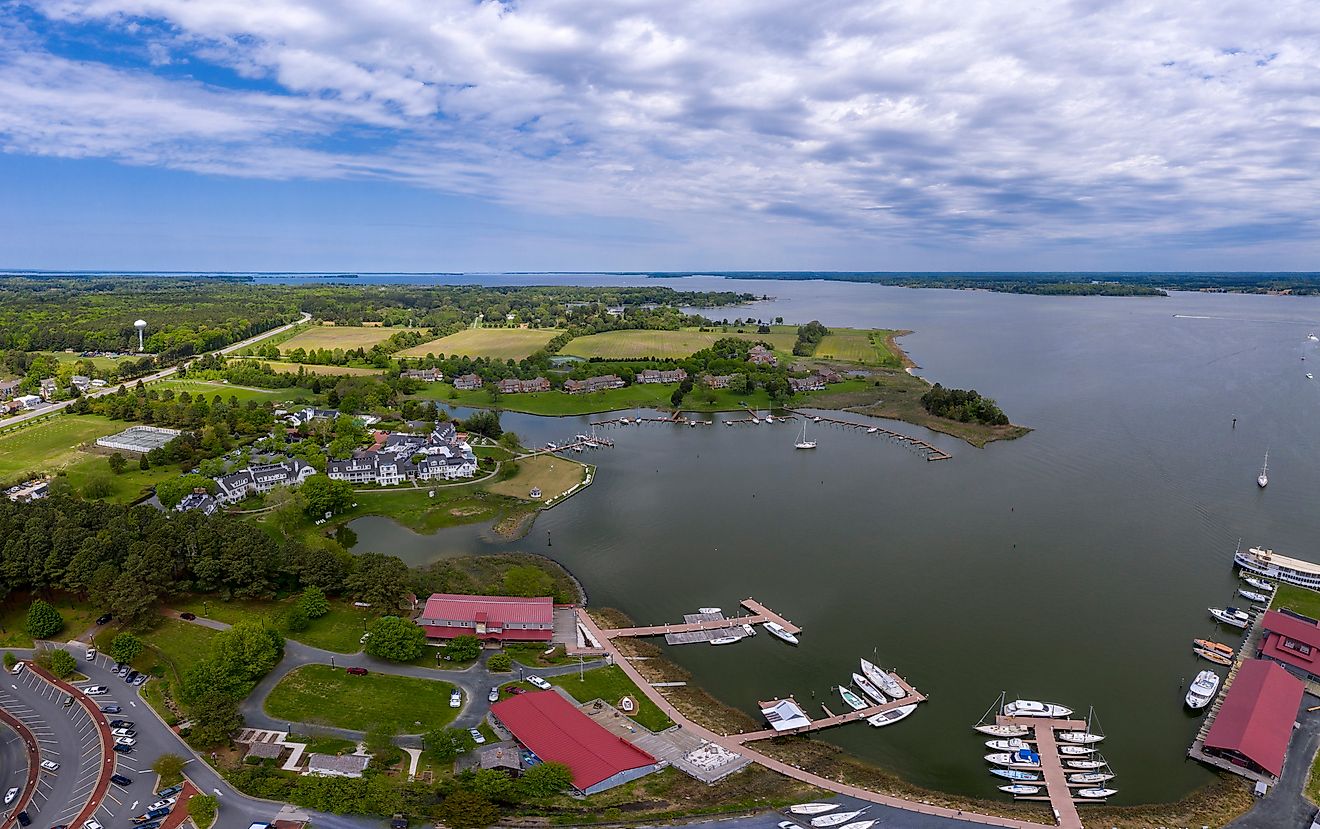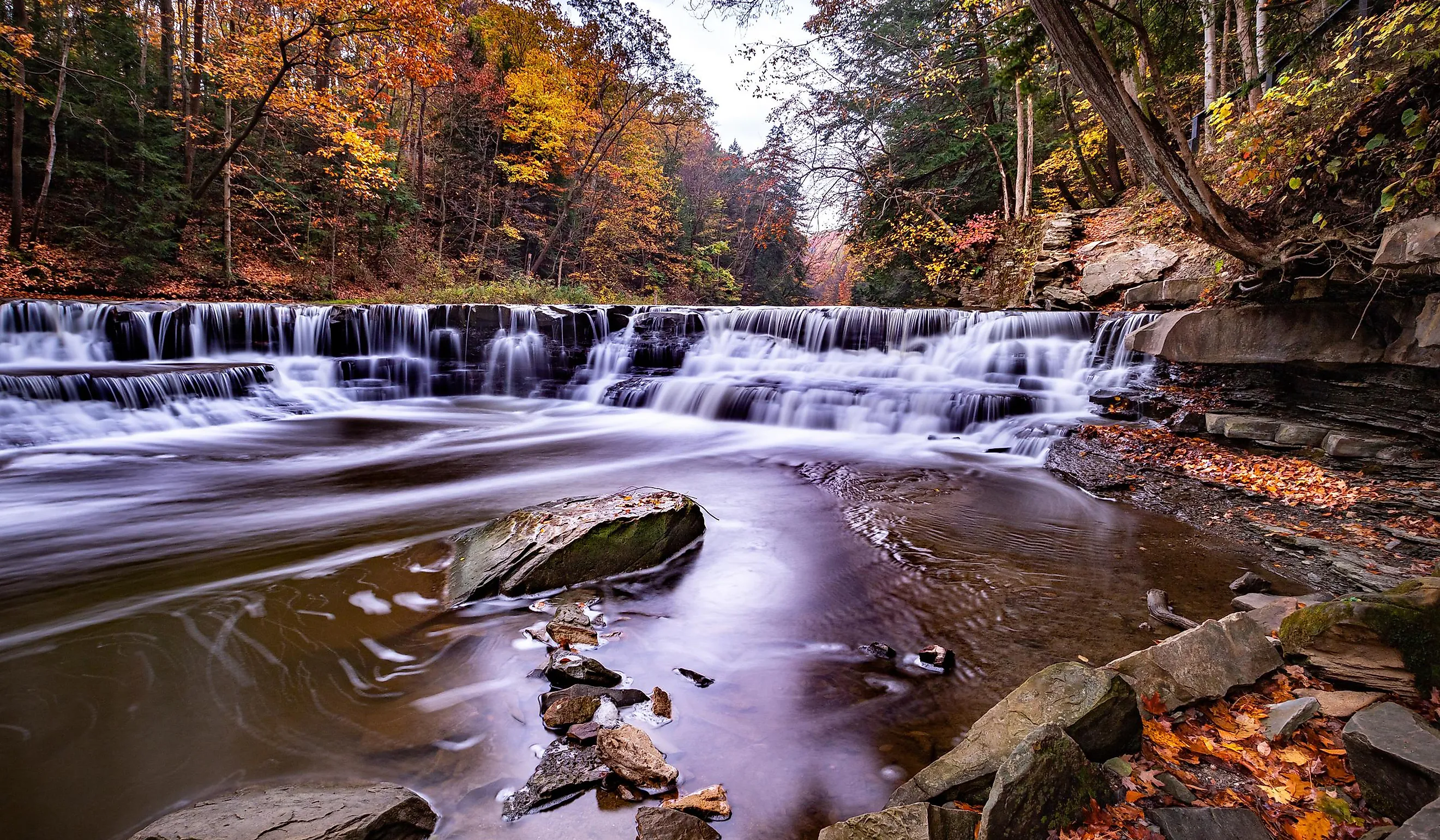
Bike the Historic Towpath in Cuyahoga Valley National Park's Waterfall‑Dotted Woodlands
U.S. National Parks are often popularly associated with the sprawling mountain and desert vistas of the West. And to give that image some credit, it’s true that there are considerably fewer National Parks east of the Mississippi River. But it’s also not the whole story: although the parks of the eastern United States don’t boast the jaw-dropping scale of some of their western counterparts, they’re beautiful places with equal importance to the natural world. So if you’re surprised to learn that there is one such National Park in Ohio, of all places, don’t be. Cuyahoga Valley National Park may not have the name recognition of more iconic parks, but pedal historic townpaths through its waterfall-dotted woodlands and you’ll be glad this slice of Rust Belt serenity was set aside for visitors to enjoy.
The Basics: Cuyahoga Valley National Park’s History and Geography
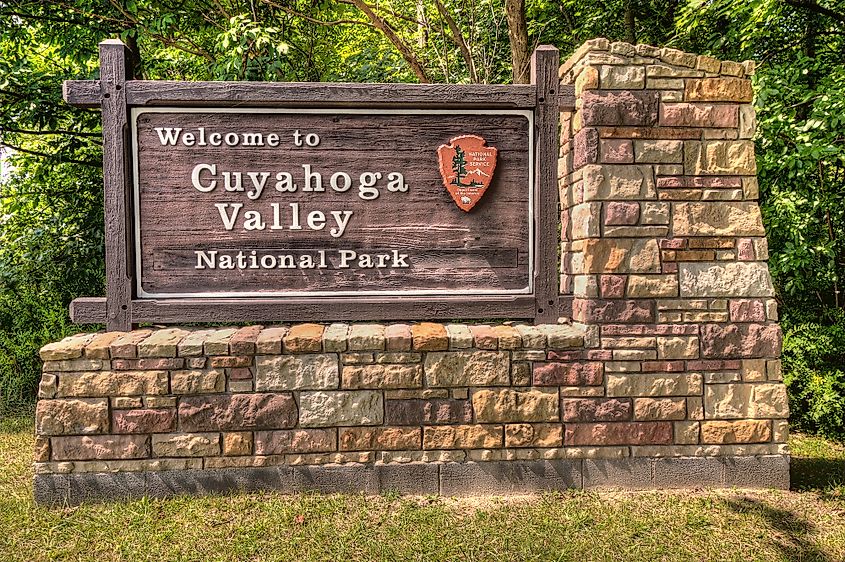
Perhaps one of the most surprising things about Cuyahoga Valley National Park is its location: it’s only thirty minutes by car from Cleveland. This now-populous region of Ohio was once an ecologically rich river valley, and Cuyahoga Valley National Park protects a portion of that valley where two distinct ecosystems — the Appalachian Plateau and Central Lowlands — meet along the Cuyahoga River. The 25-mile stretch of meandering river enclosed in the park hosts habitats for over 900 animal species, from wetlands to deciduous forest.
But to many, the park’s name will bring to mind a decidedly different image: the Cuyahoga River is one of the greatest early successes of the environmental movement. The economy of this region of the United States is heavily industrial, and the Cuyahoga River played a significant role in providing the power and transportation that the Rust Belt’s earliest industries needed to develop. But it also became a catch-all garbage heap for the region, eventually becoming so polluted that it famously caught on fire in 1969.
Although this was not the first time it had happened (nine previous river fires are recorded), the 1969 fire was the wake-up call that many environmental advocates needed to direct their attention to the 100-mile Cuyahoga River. A massive effort to clean up the Cuyahoga got underway, and a spate of environmental legislation — including the creation of the Environmental Protection Agency — was passed to crack down on the problem of waterway pollution.
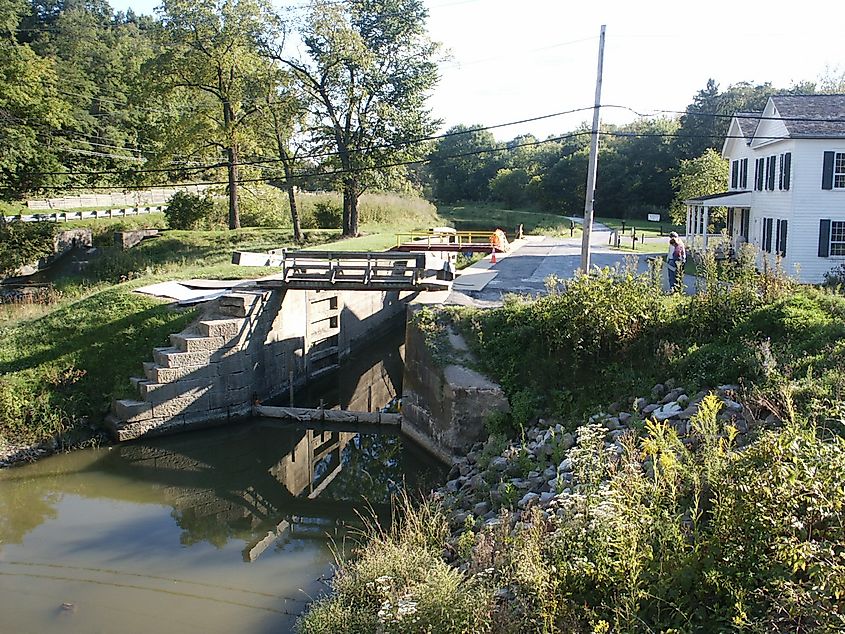
Mostly because of this sordid history, Cuyahoga Valley National Park experienced a shorter waiting period between its first federal protection and its final National Park designation than many other parks. Gerald Ford signed the park into existence in 1974 as a National Recreation Area, not as a place of scenic beauty to be preserved, but as a precious but damaged ecosystem to be restored. It then became a National Park in 2000, making it one of the newer parks in the system.
Designating the Cuyahoga Valley as a National Park meant working to fix what human development had pushed to the brink. Exposed soils were replanted, pollution cleanup efforts commenced, dams that impeded the flow of the river were removed, and sites where hazardous waste had been dumped were cleaned. The clean river, abundant wildlife, and thriving forests and wetlands that visitors see today all owe their current state to those early projects. Though there’s a chance you might stumble upon staff working on wetland restoration or dam removal projects on your visit, you would never know from the look of things that this place had once been a dumping ground for toxic industrial waste.
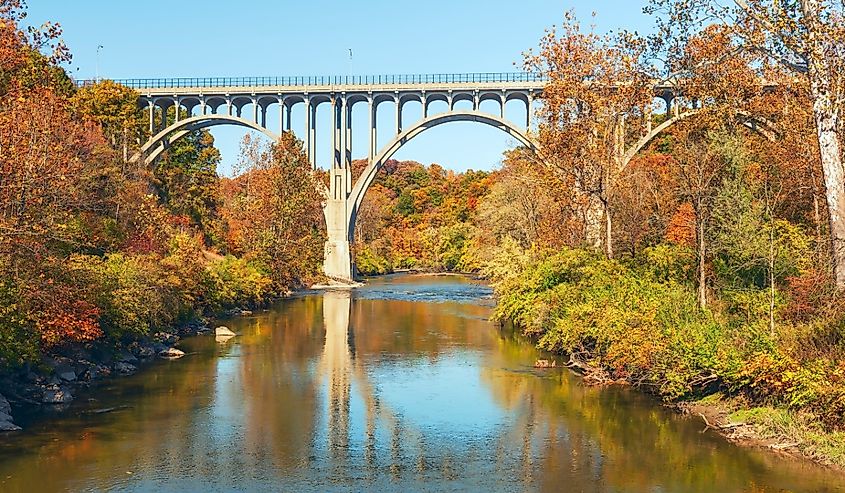
Cuyahoga Valley’s Claims to Fame
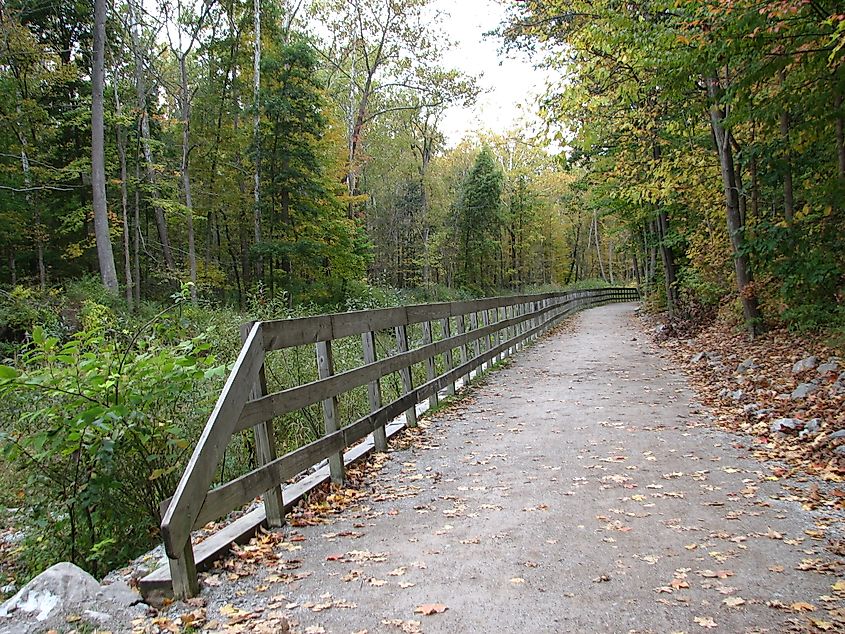
Other than the infamous history of the burning river, one of the most unique aspects of Cuyahoga Valley National Park is its enmeshment of nature and culture. While most National Parks offer some kind of human history, it’s readily apparent in this one: the remains of the Ohio and Erie Canal, connecting the industrial centers of the region to Lake Erie, can be seen in the park. An entire village is enclosed within the park borders, now home to the Boston Mill Visitors Center. And a 145-year-old railroad built to transport coal is still running, now as a tourist train.
Cuyahoga Valley National Park is far from untouched by human development, and those traces of the area’s industrial history are evidence of the park’s powerful thesis: that it’s often not too late for an ecosystem that’s seen human-inflicted damage to be restored to health. Those traces of man’s influence also make way for some fun experiences that you won’t have in any other National Park.
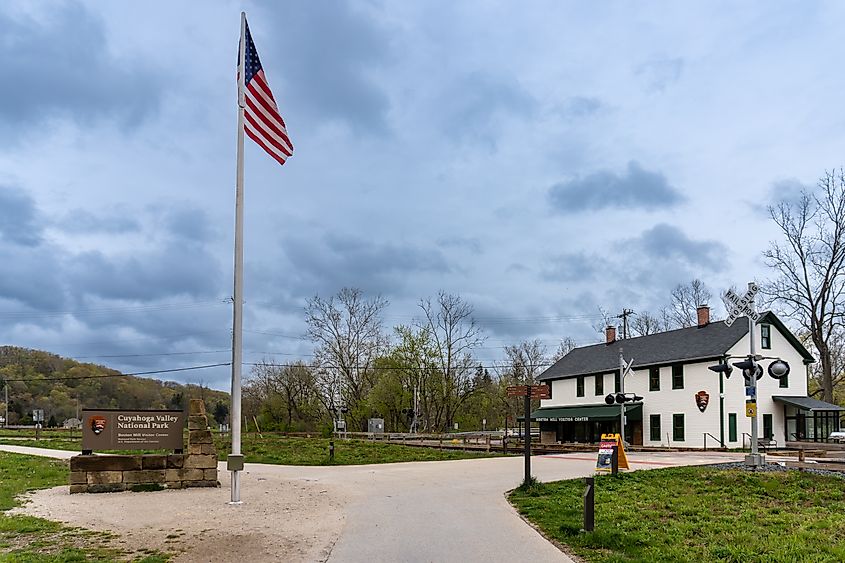
But it’s not only the human element that makes Cuyahoga Valley National Park stand out. Perhaps the park’s most famous landmark is Brandywine Falls, the tallest waterfall in Ohio. It also boasts extensive wetlands, a now-thriving population of bald eagles, and some of the northern United States’ most striking evidence of glaciation.
During the Ice Age, this region of the United States was the southernmost extent of the glaciation that covered the planet’s northern reaches. But even before that, the Cuyahoga Valley was underwater, and the sea that once covered this region left behind shale and sandstone bedrock. When glaciers pushed into the region, they were stopped by escarpments of this bedrock, and subsequently left behind piles of rubble called moraines. These moraines form some of the park’s most unique geological features, such as the exposed bedrock that creates the park’s many ledge-like formations.
How to Enjoy Cuyahoga Valley National Park
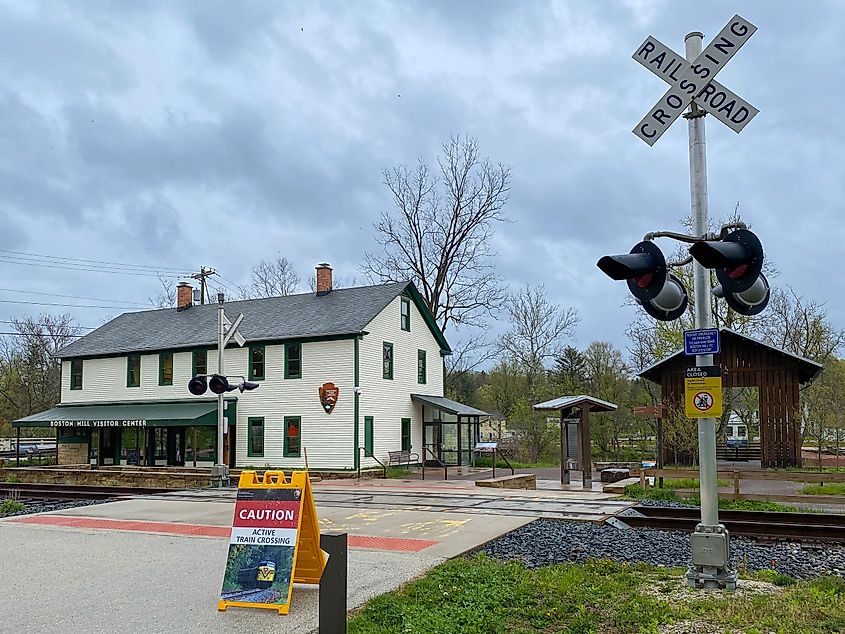
No matter what their interests, visitors to Cuyahoga Valley National Park should catch the Cuyahoga Valley Scenic Railway for a relaxed, fun, and historically significant overview of the park. Even if you’re the outdoorsy type and tend to scoff at the idea of doing anything in a National Park that involves sitting, it’s a can’t-miss activity that’ll give you an entirely different perspective on this unique park.
We also promised you cycling in the title, and cycling, you will most definitely get if you visit Cuyahoga National Park. The Ohio and Erie Canal Towpath Trail is a flat, well-maintained trail running the length of the former canal, highly popular with cyclists, joggers, and walkers. And sure, you could hoof it, but it’s really on a bike that this grand tour of the park is most enjoyable. If you wear out before you finish the twenty-mile path, bicyclists are permitted to bring their bikes aboard the Cuyahoga Valley Scenic Railway.
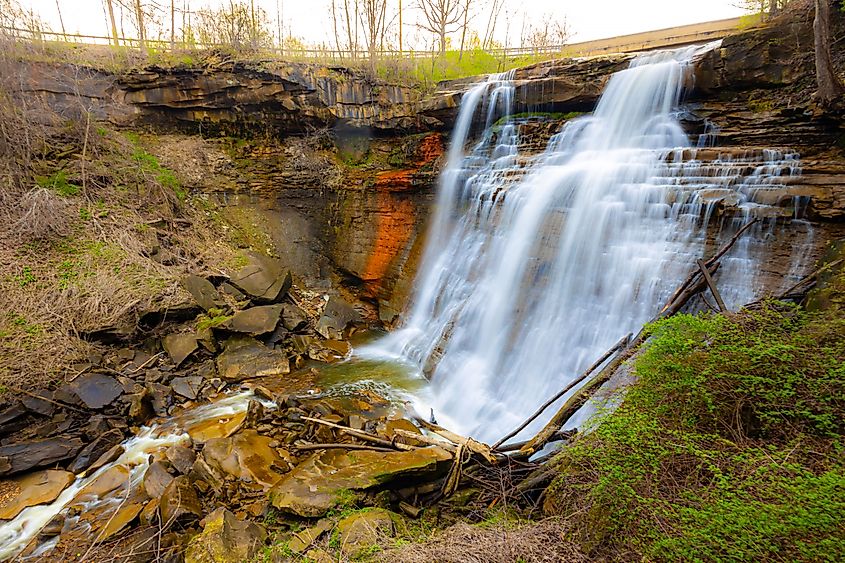
For those who prefer their transportation a bit more manual, Cuyahoga Valley National Park boasts 125 miles of maintained trails to choose from. The most popular of those include the 1.5-mile Brandywine Gorge Loop, offering views of the park’s signature waterfall, and the 1.8-mile Ledges Trail, which loops past some of the exposed bedrock features for which the park is known. Both are family-friendly but somewhat steep in sections.
And, while Cuyahoga Valley National Park does offer opportunities for popular outdoor activities like kayaking and birding, there’s one thing to do here that you won’t find anywhere else. “Questing,” the delightfully named park activity that is probably best described as analog Geocaching, is a great activity for kids who might not find outdoor activities particularly fun for their own sake. You’ll follow clues along the Ohio and Erie Canal Townpath Trail that lead to “quest boxes,” where you’ll find a stamp to prove you solved the puzzle and your next clue. Along the way, you’ll learn about the park’s history and ecosystems.
Cuyahoga National Park is perhaps one of the unlikeliest National Parks anywhere. Located in a region not known for its scenic beauty and centering a river that’s best known for becoming so outrageously polluted that it helped to spark the contemporary environmental movement, there’s nothing about the area that screams “National Park material.” And yet Cuyahoga is a beautiful, healthy, and most of all, hopeful place where nearby city dwellers can retreat from the concrete jungle and reconnect with the world around them. Nature is full of surprises, and Cuyahoga Valley National Park is the perfect reminder of that fact.

